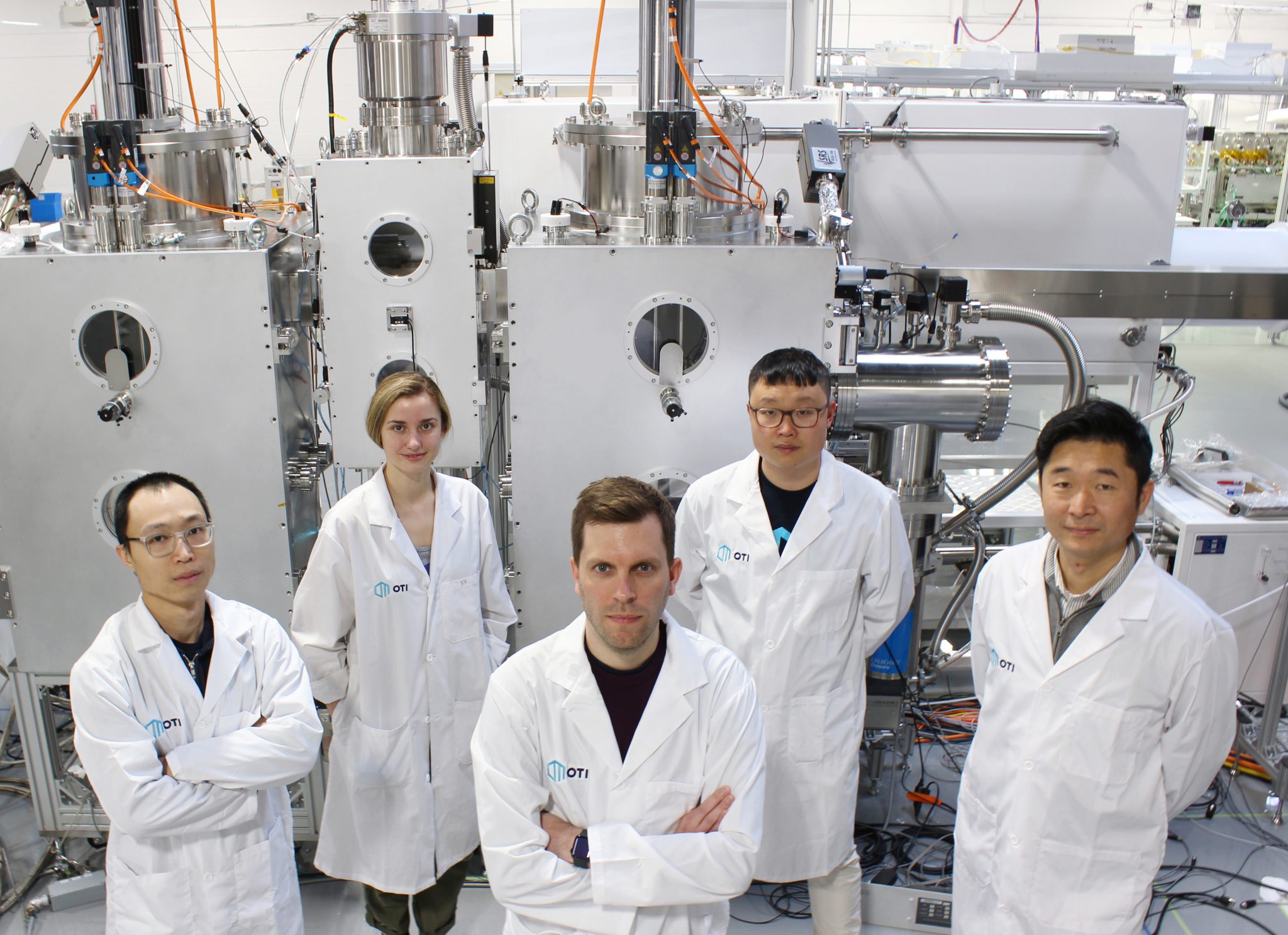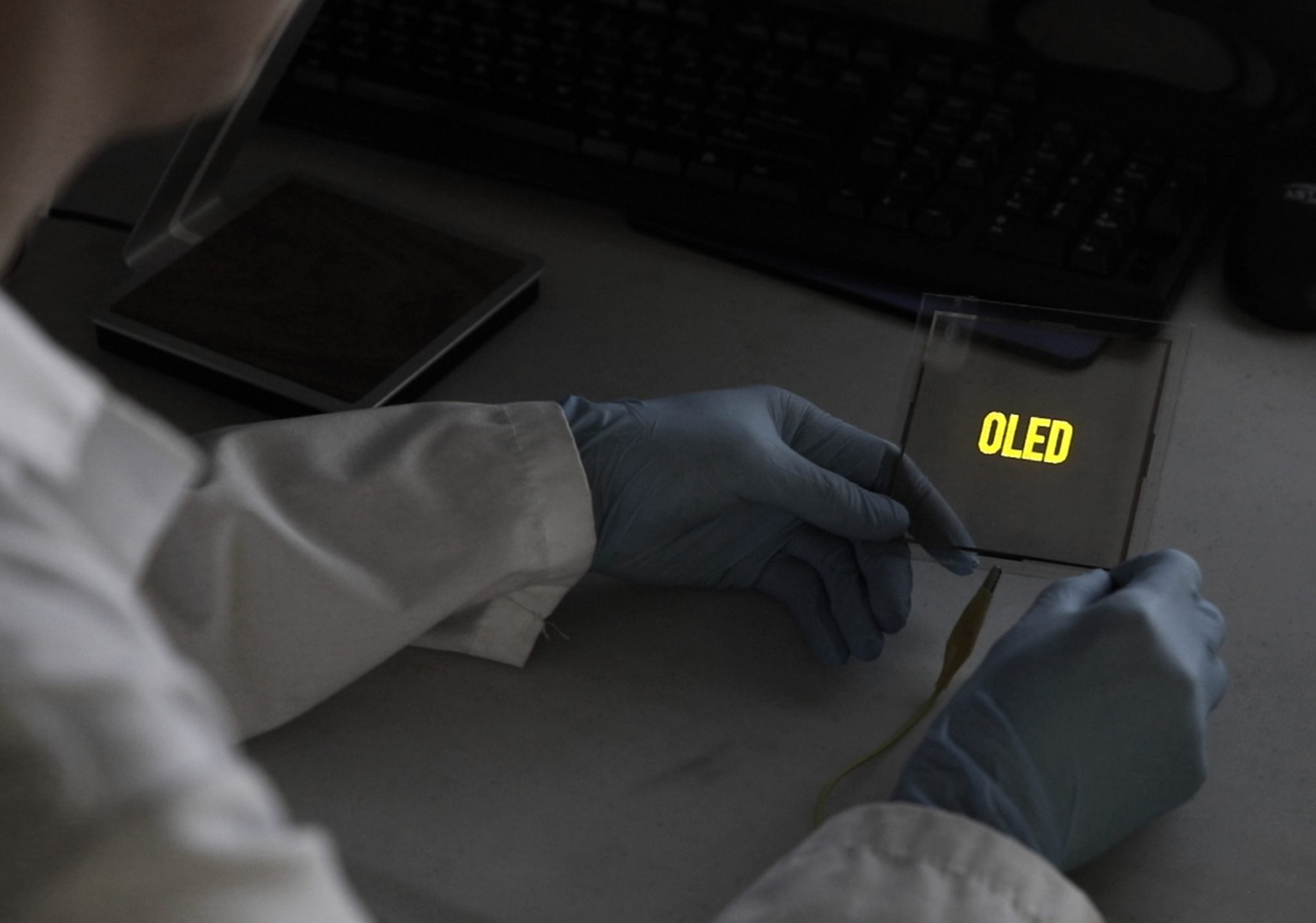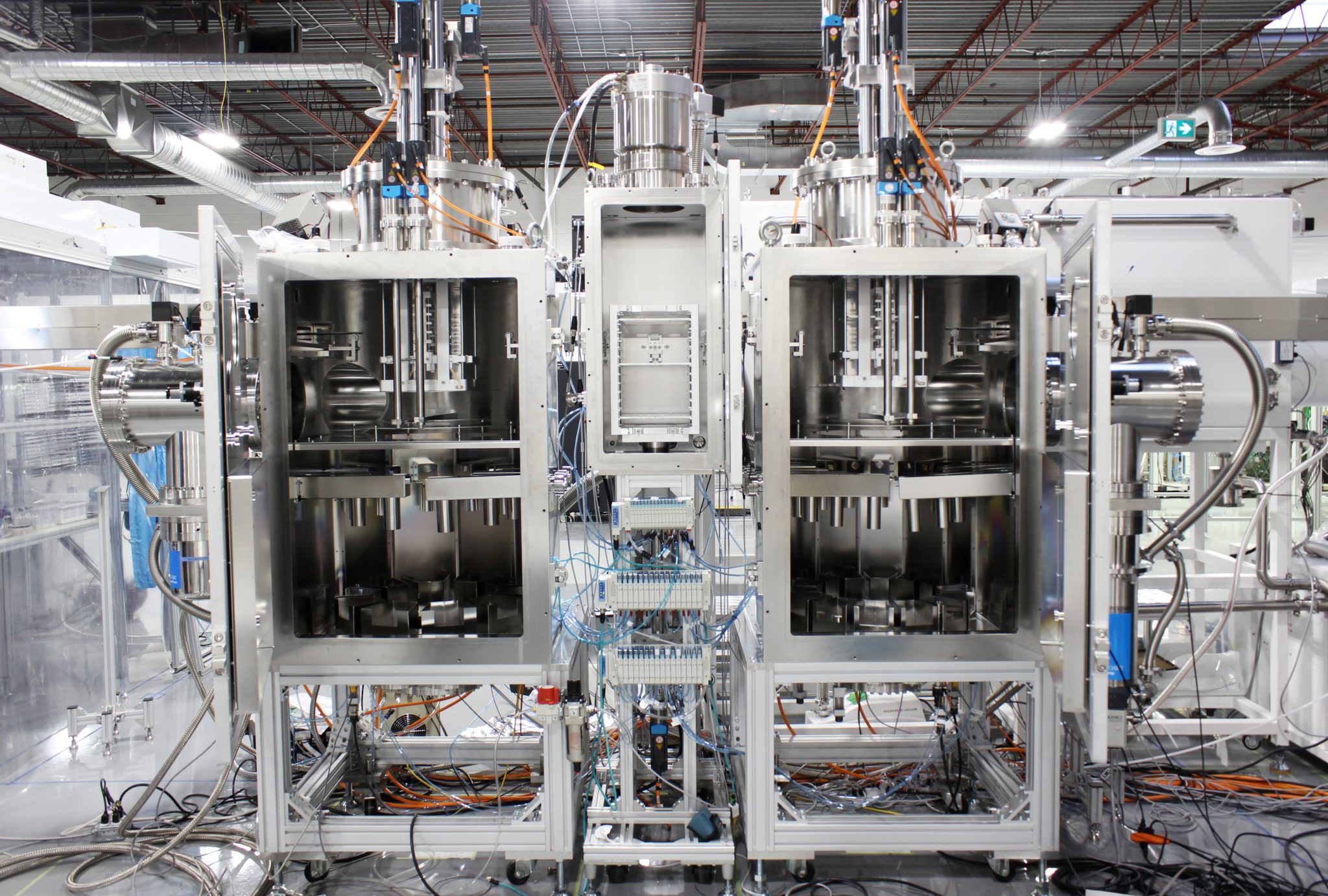OTI Lumionics develops advanced materials—by design—using quantum simulations, machine learning and in-house automated testing in pilot production. OTI works with the largest mobile device and display manufacturers in the world to enable materials for OLED displays used in next-generation consumer electronics and automotive applications. Their advanced electrode materials, and associated manufacturing technology, are used to build transparent displays and lighting.

Start-up and Growth
Founded in 2011 by University of Toronto Material Science and Engineering alumni – Michael Helander, Zhibin Wang and Jacky Qiu, OTI was started to commercialize the OLED technology breakthroughs the founders made during their graduate studies. The company has grown significantly since its early days of a staff of four in a 200 ft2 office at the Banting Institute in downtown Toronto. A decade later, OTI has over forty employees including more than 10 PhDs with unique expertise in OLED materials, application and process development. Their current home, a 25,000 ft2 state-of-the-art lab facility in Toronto, maintains their imprint in the city’s booming start-up ecosystem. While principally based in Toronto, the team also has sales offices in Asia.

OLED Lighting Innovations
OTI initially focused on lighting applications within OLED technology, encouraged by early breakthroughs with their CPMTM Materials for self-assembly patterning of metals in OLED. This enabled enhanced transparency and improved performance and efficiency. OLED lighting was further promoted through OTI’s design and distribution of the award-winning Aerelight – the world’s first consumer-ready OLED desk lamp.

OLED Display Solutions
As the OLED industry focused on displays over the past decade, OTI correspondingly pivoted. The company currently develops solutions for OLED displays for the next generation of consumer electronics and automotive applications. Their material innovations enhance display transparency, reduce power consumption, and improve image quality of OLED displays for mobile and TV size panels. OTI’s CPMTM material allows microscopic transparent windows to be opened in the OLED layers, making the display more transparent and enabling a bezel-less display. CPMTM material helps eliminate the undesirable notch in smartphone displays, allowing the freedom to locate the front camera and sensors anywhere beneath the transparent screen.

Materials Discovery
OTI is the first to apply quantum computing to commercial size materials design problems, accelerating the time to market of mass production-ready advanced materials. OTI leverages quantum computing algorithms to simulate material properties with high accuracy and speed. These materials are then vigorously tested to customers’ exacting specifications, using their in-house pilot production facility for thin-film electronics. Scale-up and mass production supply of OTI materials is provided by their network of Tier 1 chemical and materials partners.

Collaboration and Partnerships
OTI maintains a strong connection to academia with a collaborative approach to research, targeting cutting-edge problems and supporting researchers in leading Canadian institutions such as the University of Toronto, University of Ottawa, University of Waterloo, and University of British Columbia. The company also takes a leadership position in Canadian Quantum Computing (QC) advocacy, and Ontario QC cluster and helps guide discussions in the Toronto start-up ecosystem through continued participation in the Creative Destruction Lab.













